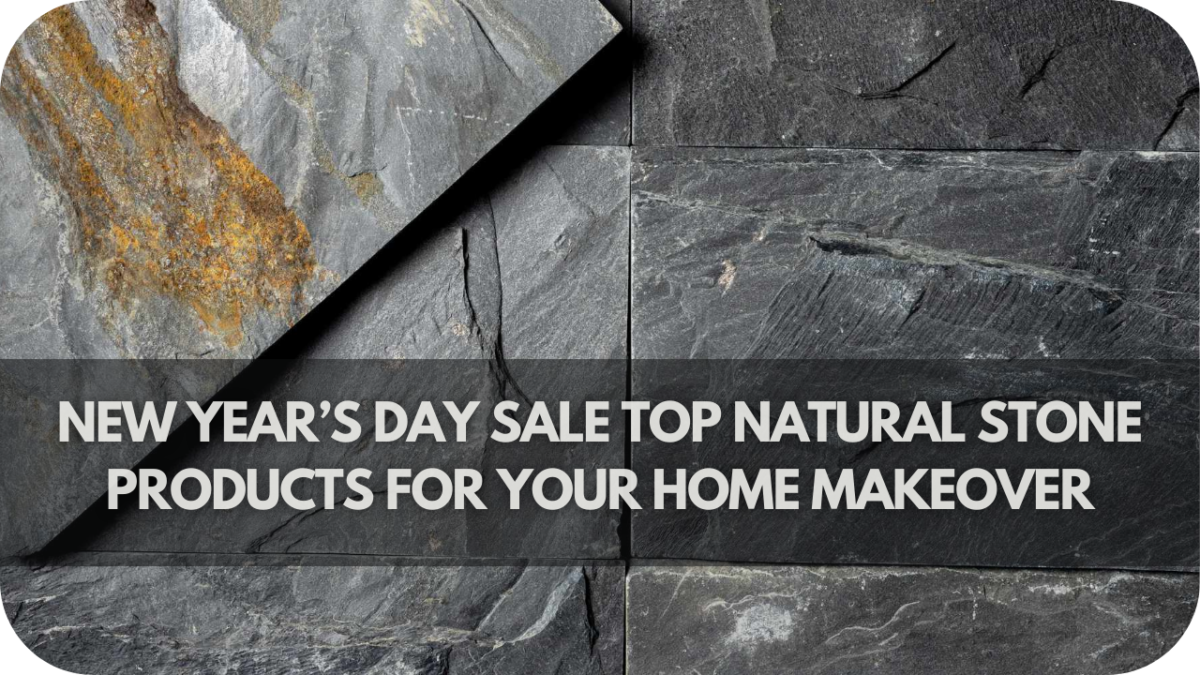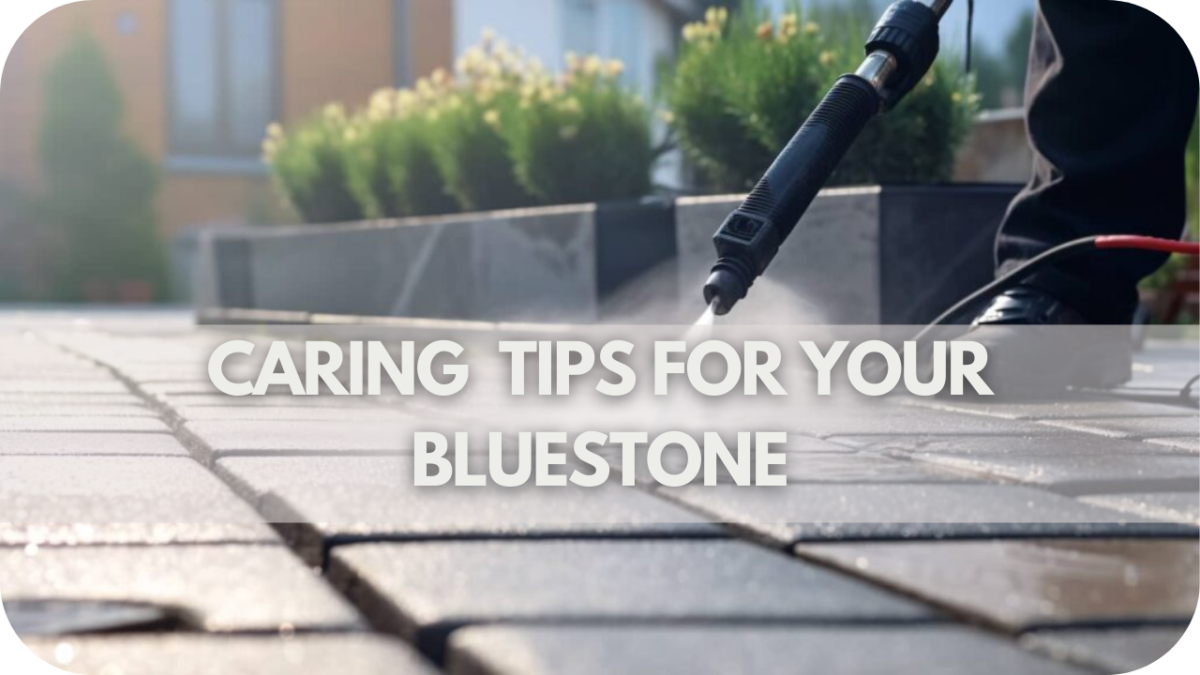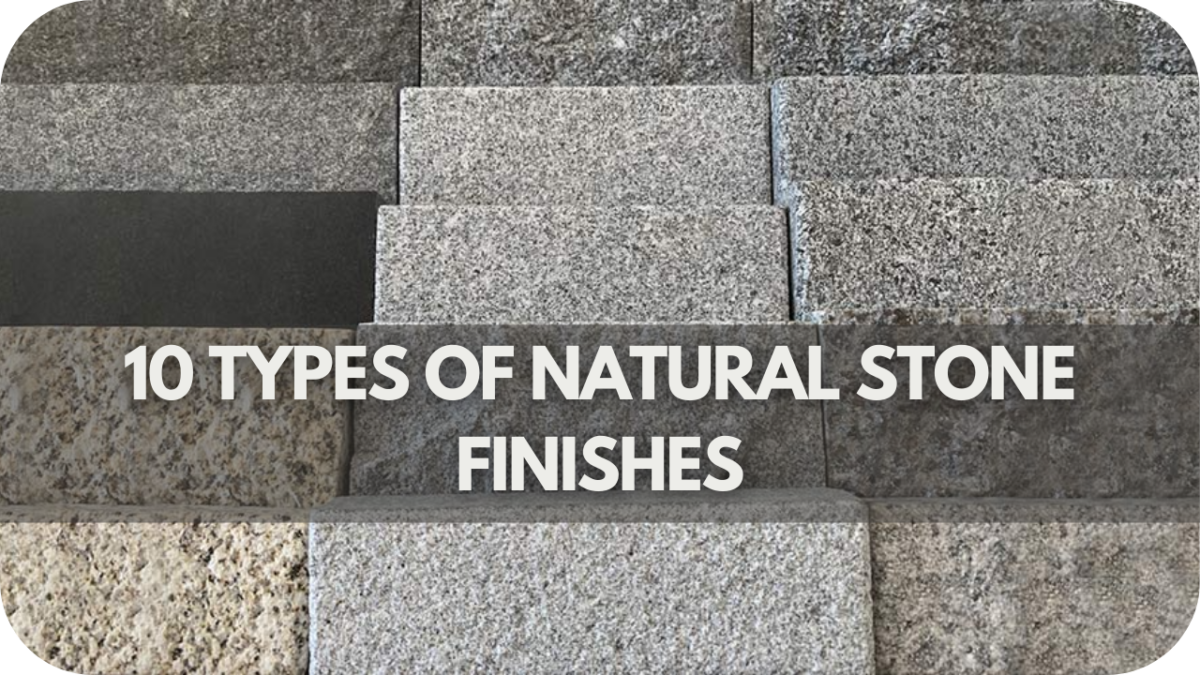New Year’s Day Sale: Top Natural Stone Products for Your Home Makeover
As the New Year approaches, it’s the perfect time to start thinking about refreshing your home for the year ahead. Imagine stepping into a space transformed by the natural beauty of stone, from elegant marble countertops to rustic sandstone patios.
At Splendour In Stone, our New Year’s Day Sale offers you the chance to elevate your home with top-quality natural stone products at unbeatable prices. Whether updating your interiors or giving your outdoor spaces a fresh look, now is the time to start your home makeover journey.
1. Marble

Are you looking to add a touch of luxury to your outdoor space? Marble paving offers an unmatched combination of durability and style. For its natural beauty, marble has been a go-to material for centuries.
Marble paving’s smooth, polished finish brings sophistication to any garden, patio, or walkway. It can withstand harsh weather while maintaining its refined look.
What makes marble ideal for outdoor use? Its strength and resistance to cracking under pressure make it a top choice for high-traffic areas. Available in various colours and patterns, marble paving can seamlessly blend with any landscape design. From sleek, modern spaces to classic, rustic settings, it enhances the visual appeal of any outdoor environment.
Can you imagine your outdoor area transformed with the timeless elegance of marble? With its light reflection, marble paving can brighten outdoor areas and give them an expansive, airy feel. Installing marble in your home is more than just a style choice—it’s an investment in long-lasting quality.
2. Granite

Are you Seeking a material that combines strength and beauty? Granite is the perfect choice for paving and walling, offering unrivalled durability for outdoor projects. Granite can handle the most challenging conditions without losing appeal. Its dense composition makes it resistant to cracks, chips, and wear, making it an ideal option for high-traffic areas.
What sets granite apart from other materials is its natural resistance to weathering, which ensures it remains a long-lasting investment for any home. Whether you’re paving a driveway, creating a garden pathway, or building a retaining wall, granite’s versatility shines through.
You can personalise your space in various colours and finishes with modern and traditional designs.
Imagine a patio or driveway made from sleek granite slabs, seamlessly blending with granite walls to create a cohesive, high-end look. Granite’s natural textures and patterns add character and depth to any outdoor environment.
3. Travertine

Travertine is the perfect choice for paving and walling if you are looking for a material that brings elegance and warmth to your outdoor space. It offers a timeless aesthetic that complements a variety of designs.
Renowned for its unique texture and earthy tones, travertine adds a natural charm to any environment. Its soft, porous surface creates a warm, inviting look that is ideal for patios, pathways, and garden walls.
Travertine is unique because it is naturally slip-resistant stone, making it a safe and stylish option for outdoor areas like pool decks and walkways. Available in various shades, from soft beige to rich walnut, it effortlessly blends with surrounding landscapes.
Travertine’s durability also stands to the test of time, weathering beautifully and maintaining its appeal.
Can you imagine a sunlit patio paved with travertine or a garden wall that adds depth and character to your outdoor living space? With its understated elegance, travertine brings a timeless appeal to any project.
4. Sandstone

Sandstone offers a versatile and visually striking option for walling, blending seamlessly with various landscapes.
Known for its warm, earthy tones, sandstone creates a rustic yet refined aesthetic. Whether used for garden walls, retaining walls, or exterior façades, sandstone brings a timeless elegance to any outdoor space.
Sandstone stands out because of its durability and resistance to weathering. It ensures that your walls remain strong and visually appealing for years.
Sandstone is a natural stone in various colours and textures, allowing you to customise your design to suit your home’s style. From golden yellows to soft greys, sandstone complements modern and traditional settings.
Imagine the impact of a sandstone wall, adding character and depth to your garden or patio area. Each sandstone block’s unique grain and texture tell a story, creating a one-of-a-kind feature for your home.
5. Limestone

Limestone is a fantastic choice for both paving and walling. Its classic look enhances any outdoor space, and its smooth, matte finish brings refined sophistication to gardens, patios, and pathways.
Whether used for walling or paving, limestone’s versatility makes it a popular option for homeowners seeking timeless beauty.
This natural stone combines elegance with durability, making it perfect for outdoor projects. Its natural composition allows it to withstand heavy foot traffic and harsh weather conditions, making it an ideal choice for long-lasting outdoor use.
Limestone, available in soft, neutral tones like cream, beige, and light grey, complements various design styles, from contemporary to traditional.
Imagine a beautifully paved walkway or a feature wall made from limestone that transforms your outdoor areas into luxury spaces. This stone’s subtle textures and colours provide a serene, understated elegance that will elevate your home’s exterior.
6. Quartz

Quartz offers a sophisticated and durable solution for walling, perfect for adding a touch of modern elegance to your outdoor spaces. Quartz ensures that your walls maintain their beauty over time.
Whether used for gardens or feature walls, this material provides aesthetic appeal and long-lasting performance.
One of quartz’s key advantages is its low-maintenance nature, making it an ideal choice for homeowners who want a stunning look without the upkeep. Quartz is available in various colours and patterns, from crisp whites to deep greys, allowing you to create a cohesive design that complements your home’s exterior.
Quartz delivers a sleek and contemporary finish, while its natural sheen adds a subtle, polished look to your surroundings. The non-porous surface makes it resistant to stains and moisture, ensuring that your walls remain in top condition, even in harsh weather.
7. Bluestone

Bluestone offers a unique combination of durability and style, making it an ideal choice for outdoor paving. This versatile natural stone is renowned for its strength, allowing it to withstand heavy foot traffic and the elements. Whether you’re updating a driveway, patio, or walkway, bluestone provides a solid foundation that will stand the test of time.
This stone’s rich, deep blue-grey tones bring a modern yet timeless look to any outdoor space. Bluestone’s slip-resistant surface is well-suited for moist areas like pool surrounds or garden paths. Its natural texture ensures safety and elegance, offering the perfect balance for functional yet stylish paving.
In addition to its practical benefits, bluestone requires minimal maintenance, making it a hassle-free option for homeowners. Its ability to resist cracking and fading ensures it remains pristine for years, even in harsh weather conditions.
8. Porphyry

Porphyry offers a unique and visually striking option for paving, bringing strength and character to your outdoor spaces. Renowned for its durability, porphyry is a natural stone that can withstand even the heaviest foot traffic and harsh weather conditions.
Its toughness makes it an excellent choice for driveways, patios, and pathways that must stand the test of time.
One of the porphyry’s key features is its rich variety of colours, ranging from deep reds to earthy browns and greys. This natural variation adds depth and visual interest to your paving projects, creating a dynamic look that enhances any landscape design.
The stone’s textured surface also provides a natural slip-resistant quality, making it ideal for wet areas around pools or garden paths.
Porphyry’s resilience is complemented by its low-maintenance nature, ensuring that your paved areas remain beautiful with minimal effort. Its natural resistance to wear and fading keeps it looking fresh and vibrant for years.
Conclusion
Take advantage of our New Year’s Day Sale to transform your home with premium natural stone products. Whether updating your outdoor paving or enhancing your walls, now is the perfect time to invest in timeless beauty.
Visit Splendour In Stone today, explore the exclusive offers, and elevate your home makeover with lasting elegance.





